Tag: pulmonary embolism

Pulmonary Embolism in COVID-19 Patients in France
Pulmonary embolism (PE) in the context of coronavirus disease 2019 (COVID-19) appears to be driven largely by inflammation and coagulopathy rather than by traditional risk factors for thromboembolism. Study results suggest... read more

The Use of ECMO in Patients with Cardiopulmonary Failure Due to COVID-19
COVID-19 related cardiopulmonary failure such as ARDS and cardiogenic shock or massive pulmonary embolism can be successfully supported with ECMO. Judicious patient selection is important to enable maximal benefit and optimized... read more
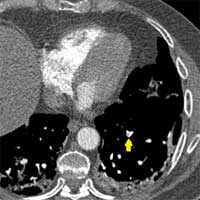
Incidence of Pulmonary Embolism in Non-critically ill COVID-19 Patients
Recent studies suggest that thrombotic complications are a common phenomenon in the novel SARS-CoV-2 infection. The main objective of our study is to assess cumulative incidence of pulmonary embolism (PE) in non critically... read more

The Relevance of Thromboinflammation and Endothelial Dysfunction in COVID-19 Patients
The relevance of thromboinflammation and endothelial dysfunction in COVID-19 patients. Microvascular derangement is a key mechanism of multiple organ dysfunction and therapeutic strategies other than heparin, aimed at preserving... read more
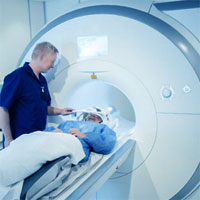
Clinical Experience of Whole-body CT as the Initial Evaluation Tool After ECPR in OHCA Patients
Routine whole-body computed tomography (CT) after extracorporeal cardiopulmonary resuscitation (ECPR) in out-of-hospital cardiac arrest (OHCA) patients appears to have a limited role, as the majority is caused by ACS. However,... read more
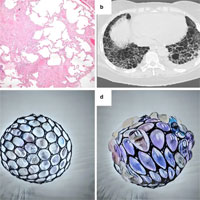
Ventilatory Support and Mechanical Properties of the Fibrotic Lung Acting as a “Squishy Ball”
The management of the patient with lung fibrosis in the ICU is a challenge for the intensivist. The lack of studies defining the mechanical ventilation strategy, and the different underlying etiologies, make it difficult... read more

TAPSE Has Superior Predictive Value vs. RV/LV Ratio in Normotensive Patients with Acute Pulmonary Embolism
Right ventricular dysfunction (RVD) is an indicator of poor prognosis in normotensive patients with acute pulmonary embolism (APE). The aim of this study was to compare right ventricular (RV)/left ventricular (LV) ratio measured... read more

Applied Physiology at the Bedside: Volumetric Capnography
Volumetric capnography is the graphical representation of the partial pressure of carbon dioxide (CO2) versus exhaled volume. This measurement is made noninvasively at every breath by a combination of flow and CO2 sensors,... read more

Catheter Type in Pulmonary Embolism Intervention
Catheter based interventions for pulmonary embolism is on the rise. The rise in mainly in patients who present with submassive PE. The intent of intervention is to reduce clot burden. This is done to improve acute symptoms... read more
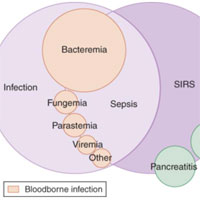
Mimics of Sepsis: What do ED Physicians Need to Know?
SIRS and sepsis are common clinical entities. A wide range of estimates for prevalence exists, with 300 to 1000 cases per 100,000 persons per year. Once a septic patient is admitted, more than half will require at least step... read more
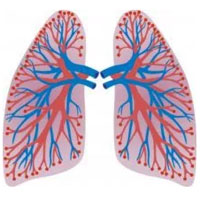
Subsegmental Pulmonary Embolism: Anticoagulation or Observation?
As the use of chest CT-angiograms in emergency departments and medical wards has risen by more than tenfold, so has the discovery of small pulmonary emboli of unclear clinical significance. These PEs are often isolated to... read more
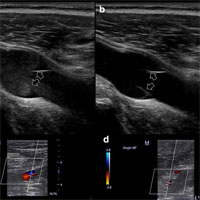
Common pitfalls in point-of-care ultrasound: a practical guide for emergency and critical care physicians
Point-of-care ultrasonography (POCUS) is a widely used tool in emergency and critical care settings, useful in the decision-making process as well as in interventional guidance. Following some rules in technique and interpretation,... read more

What’s New in Severe Pulmonary Embolism?
Severe pulmonary embolism (PE) remains a major cause of mortality. For intensivists managing the most "severe" forms of PE, we highlight the main recent advances in the care of such patients including risk stratification,... read more

The Speed of Sound: A New Measure to Single Out High-Risk PE Patients
Predicting which pulmonary embolism patients will do well with oral anticoagulation and which will decompensate is a bit murky, at best. The treatment of pulmonary embolism (PE) has evolved quite a bit in just the past few... read more








